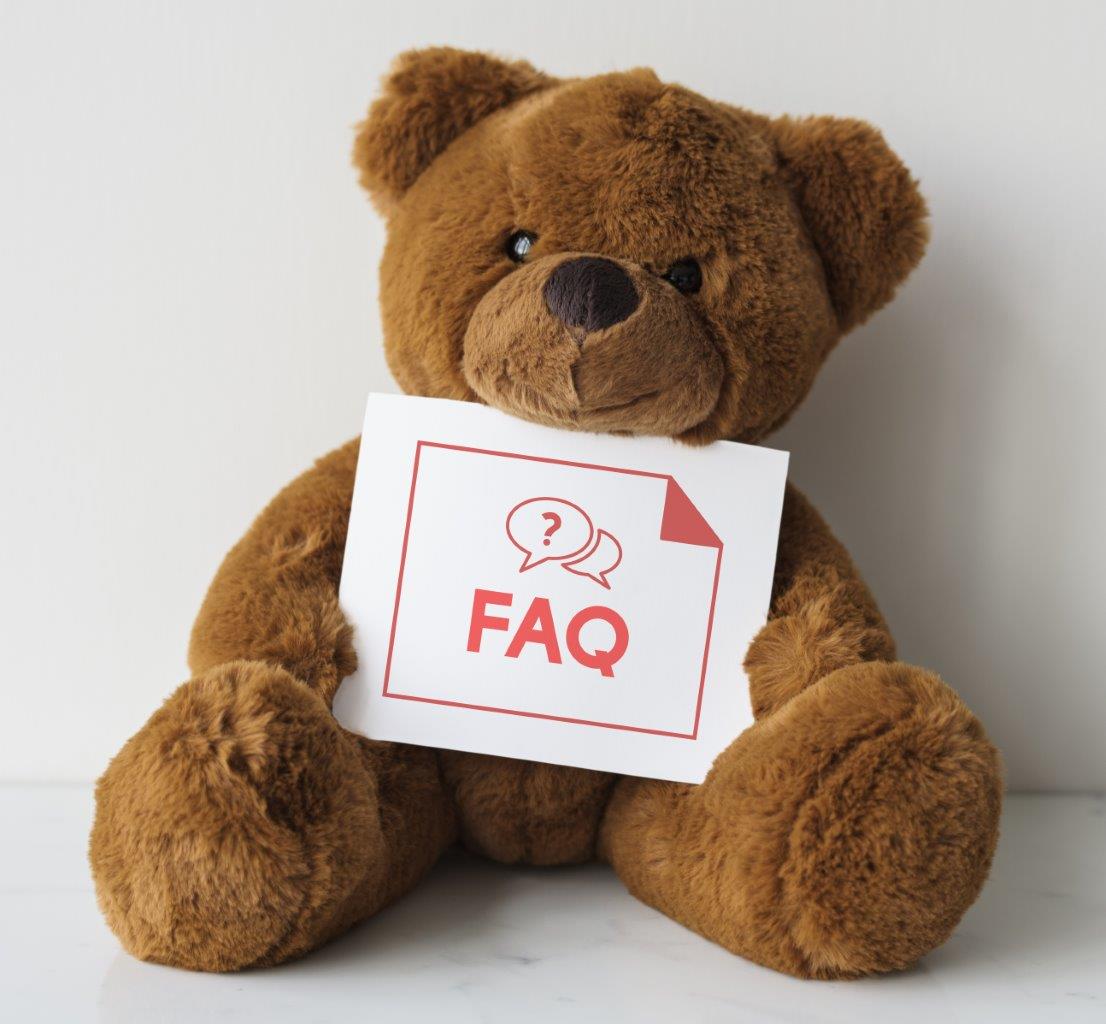 Worry, anxiety, fear. We all experience them at one time or another, and for children, they are normal parts of developmental growth.
Worry, anxiety, fear. We all experience them at one time or another, and for children, they are normal parts of developmental growth.
Anxieties often come in developmental stages: the infant with separation anxiety or the older child’s fear of strangers. Most children have known fear of darkness or a monster lurking under their bed.
For some children, typically developing and those with autism spectrum disorders, sensory processing disorders, emotional and behavioral disorders, chronic health issues and attention deficit disorders, anxiety can become chronic.
Here are answers to some questions you may have. If you have others, please let me know.
Who is This Website For?
This website is for everyone who wants to help children with anxiety: parents, caregivers, teachers, other professionals working with children (tutors, counselors, occupational therapists, doctors, dentists, librarians, camp directors…anyone who is important in the life of a child.)
Why Create This Website?
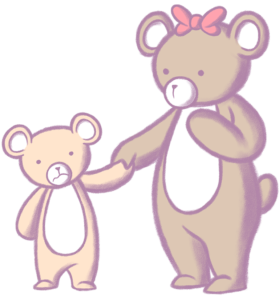 I was once an anxious child. Back then, there wasn’t much research or support for an anxious child.
I was once an anxious child. Back then, there wasn’t much research or support for an anxious child.
When my children began showing signs of anxiety at a young age, I began reading and learning everything I could about childhood anxiety.
As a special education teacher, I found that many of my students struggled with anxiety as well.
Some children were anxious about being bullied, their parent’s divorce, an upcoming test, not having a friend at lunch or recess, an illness they or a loved one had, news stories, or natural disasters.
Other children, especially those with special needs like Anxiety, Autism Spectrum, Sensory Processing and Attention Deficit Disorders, struggled with anxiety that wasn’t situational, it was chronic.
For these students, a change in routine, a substitute teacher, a fire drill, recess, or any number of variables, could cause extreme anxiety.
Having struggled with anxiety, I have empathy. I understand how anxious children feel.
I enjoy doing research, interviewing professionals and then writing about ways to comfort anxious children. Resources, whether research-based, or anecdotal, can work miracles in a child’s life.
In doing my research, I found that parenting or child anxiety websites rarely address the child’s needs in a holistic manner, taking into account the child’s needs for comfort cognitively (mind) kinesthetically (body) and spiritually (spirit).
Comforting Anxious Children is a website that offers hope and healing to comfort all children, mind, body and spirit.
What does research in brain science say about anxiety in children?
A recent study conducted by The National Scientific Council on the Developing Child at Harvard University www.developingchild.harvard.edu found that chronic fear and anxiety can disrupt a child’s developing brain. While this study focused on fear due to trauma and violence, behavioral neuroscience research shows that fear and anxiety affect the brain’s development, especially with regard to learning and memory.
Research in brain science validates the fact that chronic anxiety and persistent fear have significant effects on a child’s brain development. Persistent anxiety, from infancy through early childhood, when the brain is actively growing, is detrimental to a child’s development and mental and physical health.
How Do Anxiety and Stress Negatively Impact Success?
While getting a Master’s Degree in Special Education, and working as an educational advocate for children with special needs, I studied how stress and anxiety affect learning by impairing memory and cognitive functions.
Anxiety and fear can limit children’s lives in a ripple effect. When learning and memory are negatively impacted, children have less academic success and are more likely to experience school failure. This can lead to a variety of negative outcomes including dropping out of school, diminished economic productivity, and diminished mental and physical health.
Students with emotional and behavioral disorders (including but not limited to Anxiety and Depression) have some of the highest school dropout rates. That’s no surprise, since anxiety interferes with most of the important things in life: feeling well, learning, and making friends.
What Are the Benefits of this Website?
This website will offer readers information about the many ways to help children with anxiety.
Articles will suggest ways to help children directly, through research-based and anecdotal tips and techniques, as well as offer creative ideas to make our homes, classrooms and offices more peaceful and healing.
I hope that this website will become a community of readers, parents, professionals and everyone in between, sharing ideas and ways, they have found to help an anxious child.
CAC’s Best Products/Resources page highlights products, books and resources that help reduce child anxiety.
I look forward to bringing you articles on a variety of topics, interviewing experts, and sharing ideas that you might not have considered, but that really work.
What do You Mean by “Peace for Children…Mind, Body and Spirit?”
“Peace for Children…Mind, Body and Spirit,” means we are focused on the whole child.
A holistic approach means looking at mental and emotional, physical and social and spiritual components. It’s a philosophy that encourages balance and wellness for the whole child.
Articles will focus on different aspects of the whole child…for example, articles on cognitive behavioral therapy (mind,) exercise (body,) and prayer, mindfulness and meditation (spirit.)
What Age Group Would Benefit From This Site?
I think all children benefit from learning ways to nurture their minds, bodies and spirits and reduce anxiety.
My background is in early childhood education, and some of the practices may be best for preschool – elementary school-aged children.
Many readers have asked if I can write a section for teens and tweens. That may be coming, but remember: teens and tweens often take great comfort in some of the things you might assume they have “outgrown”…for example, having a favorite stuffed animal, coloring, or playing with therapy dough products.
Smile: There is Good News
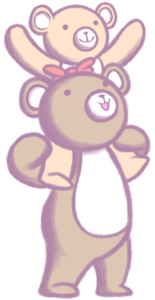 While it may not be easy, children and adults can learn ways to change their thinking and change their lives. The earlier we identify anxiety and begin treatment, the better the outcomes.
While it may not be easy, children and adults can learn ways to change their thinking and change their lives. The earlier we identify anxiety and begin treatment, the better the outcomes.
My hope is that this website educates, inspires and enables us to calm and comfort anxious children.
We can make our hearts and our homes, our classrooms and our world more nurturing and harmonious. We can support children by giving them tools and techniques to manage stress and anxiety. We can teach them how to develop new skills like mindfulness and self-compassion and give them the gift of living more peaceful and joy-filled lives.
As the Chinese philosopher Lao Tzu wisely said, “The journey of a thousand miles begins with a single step.”
Let’s begin that journey, together, toward Peace for Children…Mind, Body and Spirit.
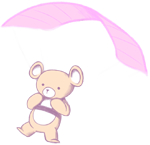
By signing up, you’ll also receive your free guide with 20 ways to comfort your child…mind, body and spirit.


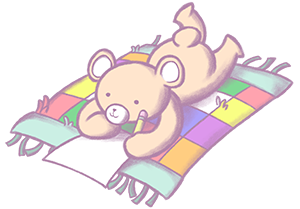
 in Ohio
in Ohio